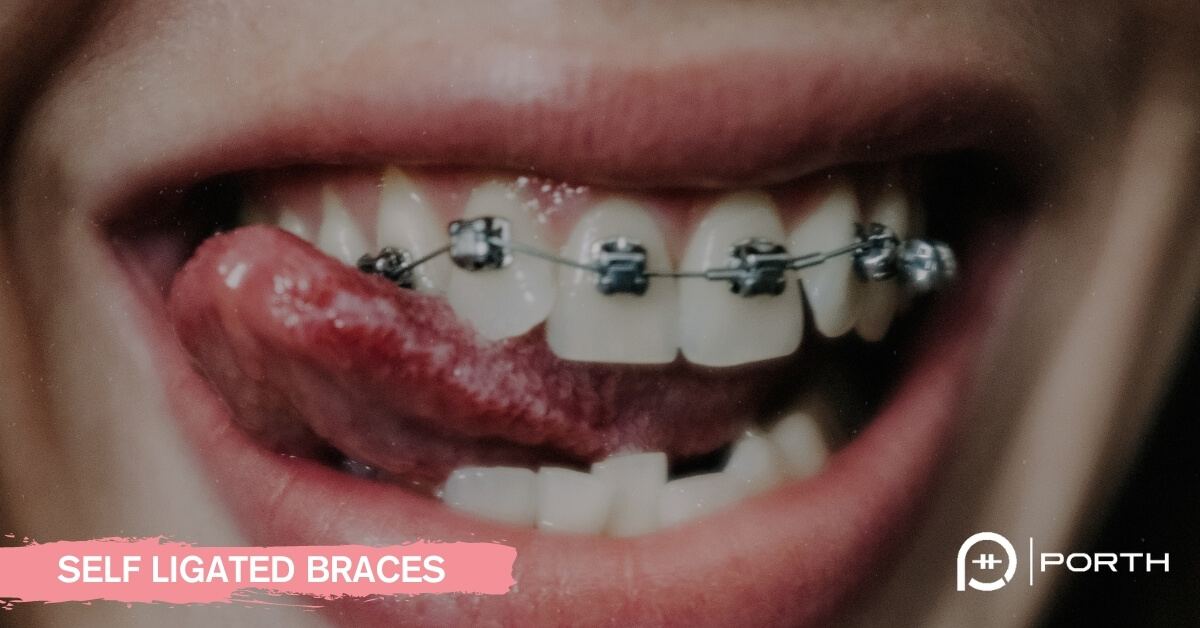Not known Details About All Star Family Orthodontics
Not known Details About All Star Family Orthodontics
Blog Article
Our All Star Family Orthodontics Statements
Table of ContentsOur All Star Family Orthodontics PDFsGet This Report on All Star Family OrthodonticsThe Best Guide To All Star Family OrthodonticsFascination About All Star Family OrthodonticsAll About All Star Family Orthodontics

At Advanced Orthodontics, we provide clients with a all natural treatment experience. Additionally, we provide adjustable treatment timetables, versatile settlement options and a fun, pleasurable experience - old bridge braces. Call ( 480) 357-4900 today to learn more and timetable an appointment.
An orthodontist is a dental expert trained to diagnose, prevent, and treat teeth and jaw abnormalities. Orthodontists function with people of all ages, from youngsters to adults.
Malocclusion, or misaligned teeth, can result in oral issues, consisting of tooth degeneration, gum disease, and hard or excruciating chewing. Not every person is birthed with straight teeth. If you have a negative bite or big areas in between your teeth, you might intend to seek advice from a dental expert specializing in orthodontic care.
Facts About All Star Family Orthodontics Revealed
(Photo Credit Score: DigitalVision/Getty Images) Orthodontists use fixed and removable oral devices, like braces, retainers, and bands, to alter the setting of teeth in your mouth. Orthodontic therapy is for dental problems, including: Jagged teethBite troubles, like an overbite or an underbiteCrowded teeth or teeth that are also much apartJaw misalignmentThe goal of orthodontic therapy is to boost your bite.
While you may believe of orthodontists as mainly for kids or teenagers that require dental braces, they can fix oral troubles at any age. Orthodontists participate in university, dental institution, and orthodontic college.
, however not all dental experts are orthodontists. They concentrate on 2 areas: How to appropriately and securely relocate teeth Exactly how to effectively guide development in the teeth, jaw, and faceOnce an orthodontist has completed training, they have the option to become board certified.
Getting The All Star Family Orthodontics To Work
Misalignment, or malocclusion, is the most typical factor people see an orthodontist. Malocclusion is usually treated with: Your orthodontist affixes metal, ceramic, or plastic square bonds to your teeth.
If you have just minor malocclusion, you may have the ability to use clear dental braces, called aligners, rather than traditional dental braces. Some individuals need a headgear to aid relocate teeth right into line with stress from outside the mouth. After dental braces or aligners, you'll require to wear a retainer. A retainer is a custom-made tool that keeps your teeth in position.

You might require to see an orthodontist if you have: Crowding or otherwise adequate space for all of your teethOverbite, when your top teeth come your bottom teethUnderbite, when your bottom teeth are also far forwardSpacing or problems with gapsCrossbite, which is when your upper teeth fit behind your bottom teeth when your mouth is closedOpen bite or an upright gap in between your front bottom and top teethMisplaced midline, when the center of your base and upper teeth do not align Correcting an oral malocclusion can: Make attacking, eating, and speaking easierImprove the symmetry of our face and your general appearanceEase discomfort from temporomandibular joint conditionsSeparate your teeth and make them less complicated to cleanse, assisting prevent dental cavity or tooth cavities It's frequently a dentist that first notifications misaligned teeth during a regular test.
Get This Report on All Star Family Orthodontics
During your first orthodontic consultation, you'll likely have: An oral examPhotos taken of your face and smileDental X-raysPanoramic (360 degree) X-rays of your face and headImpressions to develop mold and mildews of your teethThese examinations will help your orthodontist understand how to wage your treatment. An orthodontist is a dental professional who's had training to treat your teeth and jaw.
Orthodontists are dental professionals but not all dentists are orthodontists. Orthodontists are concentrated on your bite, or the way your teeth fit with each other, and the straightness of your teeth.

This first assessment includes a visual examination of your teeth and attack, X-rays, and potentially also 3D scans. By carefully assessing these aspects, the orthodontist can identify any type of imbalances, crowding, spacing issues, or jaw inconsistencies. Once a clear image is developed, the orthodontist will talk about customized treatment alternatives. This conversation will cover the kind redirected here of braces or aligners advised (traditional steel braces, clear aligners like Invisalign, and so on), the approximated therapy period, and any type of potential difficulties or adverse effects.
More About All Star Family Orthodontics
While dental braces are one of the most generally identified orthodontic treatment, orthodontists have a varied toolkit at their disposal. The details strategy selected depends on the intensity of the situation, the individual's age, and specific preferences. These tried-and-true dental braces use a system of brackets bound to the teeth and connected by wires.
Clear aligners, like Invisalign, are a preferred alternative for patients seeking a more discreet therapy alternative. These removable trays are personalized to gradually change the teeth's position. Headgear may be made use of in combination with braces or aligners to use extra targeted forces, particularly for fixing jaw disparities. In instances of narrow jaws, palatal expanders can be utilized to produce room for proper tooth alignment.
Report this page